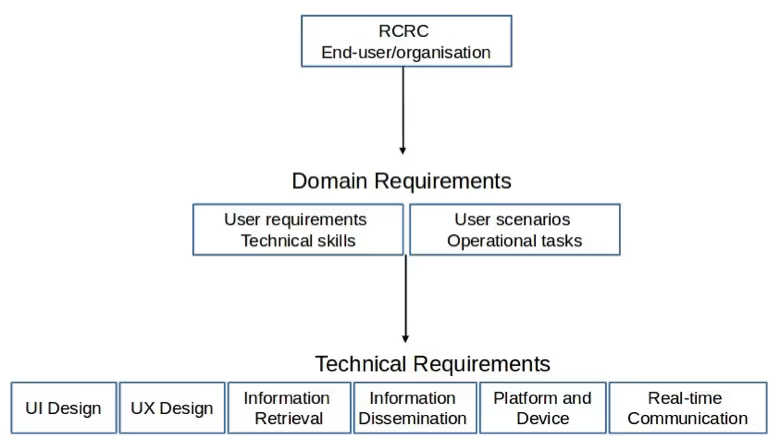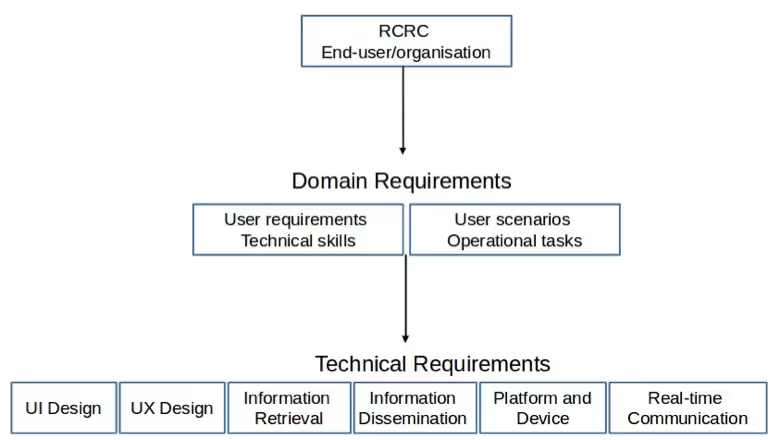PREP1 Kick's Off


On the 1st February 2017, PREP1 officially kicked off. Project leaders, Trilateral Research, celebrated the start of the project with a virtual meeting with project partners – the Global Disaster Research Center.
The meeting had a friendly atmosphere due to past collaboration and a key means of introducing the project to the wider GDPC team as well as deciding the next steps for the project. Working on opposite sides of the Atlantic, virtual meetings are an excellent way of appraising team members on project related updates, setting future deadlines and discussing key steps in the project. Having worked together in a similar manner on two other occasions, team members from Trilateral and the GDPC are well-versed with developing strong working relations via virtual means.
Key outcomes of the meeting related to an agreed upon approach to selecting interviewees from across the Red Cross Red Crescent national societies to gather user requirements for PREP1. Such selection criteria will include: geographic diversity, participation in the previous SMAT study and active use of social media for disaster preparedness and disaster risk reduction purposes.
Following the meeting, Trilateral have been busy working on the project’s inception report. This details information on the work plan, ethical protocol and the results of a secondary analysis of user requirements and their implications for collecting user requirements. Crucially, the research team will make a distinction between domain and technical requirements. Domain requirements include user requirements linking to technical skills and the development of user scenarios for operational tasks. Alternatively, technical requirements include the various technical requirements of the tool in relation to the User Interface (UI) design, User Experience (UX) design, information retrieval needs, information dissemination, hardware preferences and real-time communication requirements.
Such a distinction is import to ensuring the validity of the user requirements in developing a social media analysis tool that is suitable for use within the humanitarian sector for the purpose of improved efficiency of social media engagement for disaster preparedness and disaster risk reduction purposes.
Next steps for the project include the development of the interview guide and the organisation of semi-structured interviews with representatives from Red Cross Red Crescent national societies.
Stay updated
Sign up for our newsletter to receive regular updates on resources, news, and insights like this. Don’t miss out on important information that can help you stay informed and engaged.
Related articles
.png)


Explore Elrha
Learn more about our mission, the organisations we support, and the resources we provide to drive research and innovation in humanitarian response.